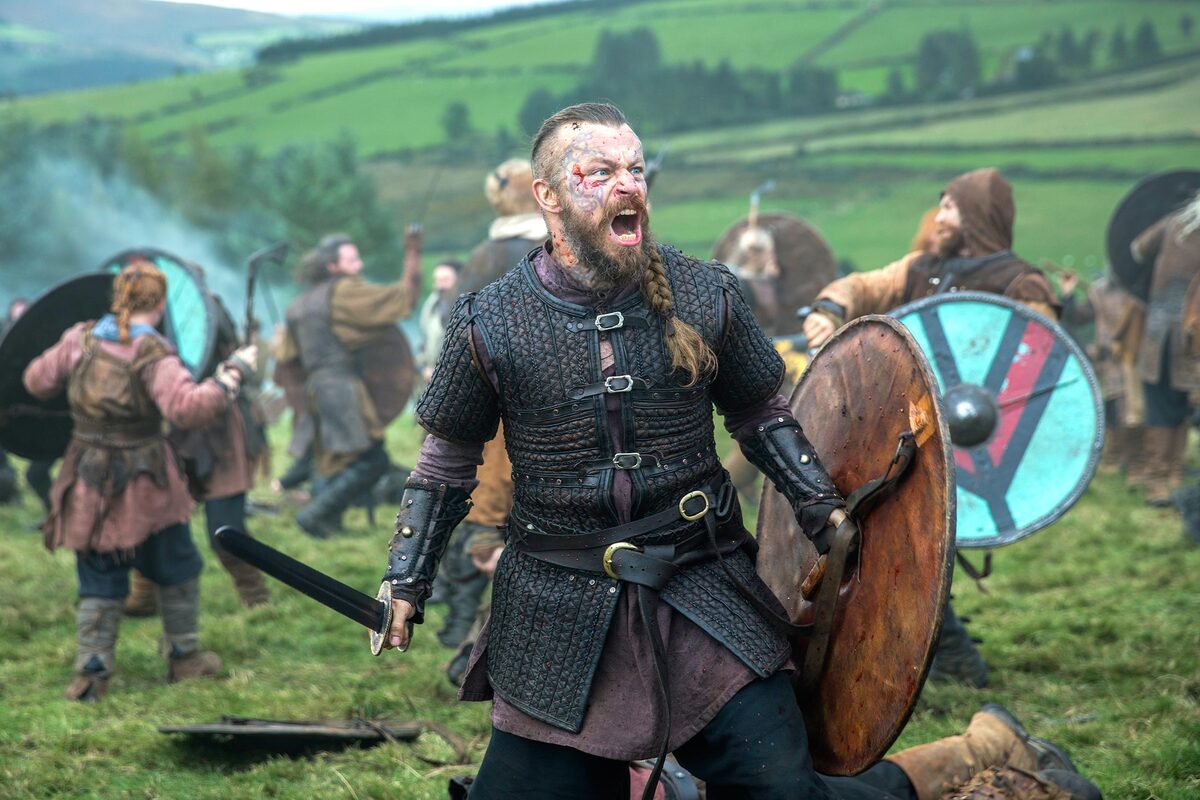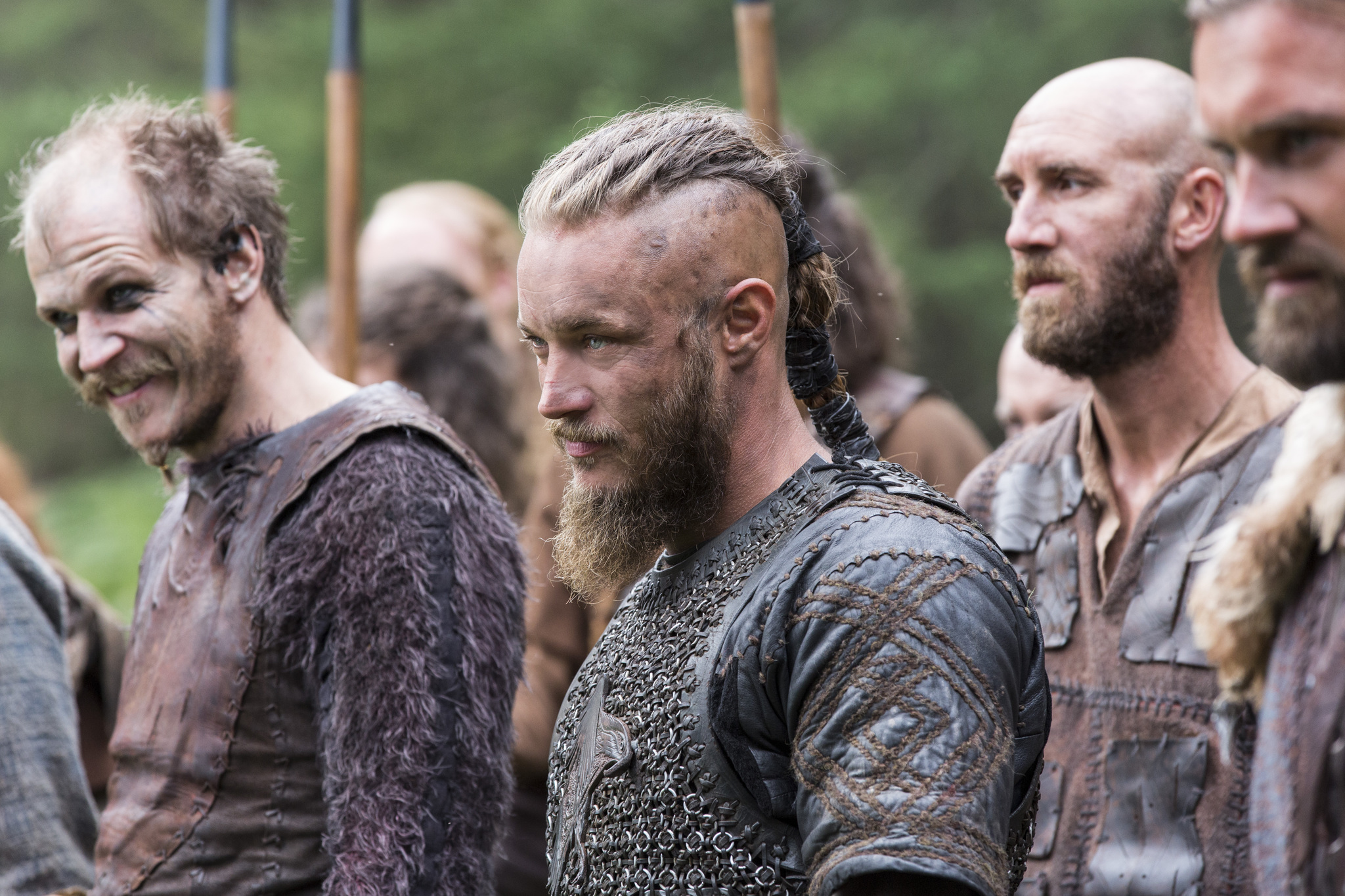Formidable, ruthless, noble, terrible, skillful, revered about the Vikings can be said all this and much more. There was a time when these proud warriors reigned undividedly in their part of the world.
But who were the Vikings? Where did they come from and what eventually happened to them?
The answers to these and many other questions are provided in this article and https://telegram-store.com/catalog/product-category/channels/education, in which we will take a closer look at the rich history of these people.
Who were the Vikings?
The Anglo-Saxons thought the Vikings came from Denmark, but later it turned out that this was not entirely true. In fact, they came from all over Scandinavia, which included Denmark (as well as Norway, Sweden and others).
This sheds light on the origins of the Vikings. But the Vikings were constantly looking beyond the Scandinavian region (you will find many examples in this article). They explored new horizons, traded and raided large parts of Europe. This historical period lasted from the eighth to the eleventh century and is called the “Viking Age.”
During this time, the Vikings struck fear into their enemies, ravaging and plundering coastal areas that had previously been peaceful and quiet.
But who were the Vikings?
The Vikings were the first and most prominent warriors of the Scandinavian region. They were often referred to as villains or barbarians, and for good reason, as they attacked and ravaged peaceful coastal towns and monasteries throughout Europe. And yet, this is only one side of their lives.
Hollywood movies have a clear, but very one-sided, understanding of who the Vikings were. And yet many historical facts show that these people also wanted a quiet, normal life.
The Vikings were not only warriors, but also craftsmen, farmers, merchants, seamen and simply peaceful settlers.
The term “Viking” itself means “pirate” or “outlaw. We may assume that it did not apply to all the inhabitants of the Scandinavian region. But to those they attacked, they were all Vikings – unfortunately, their victims saw only this side of their culture, and it was often the last thing they saw of their lives.
But the Vikings could not exist solely by plundering distant territories. Someone had to establish settlements, work the land, and raise livestock.
There was also trade, including with distant countries. Overland trade routes of the Vikings also passed through Russia and reached Constantinople in present-day Turkey. The Vikings acted in very vast territories and even reached Baghdad in Iraq.
The Vikings: a history of the beginning
The Vikings encountered very different peoples as they traveled around the world, so they had to use different languages to communicate. In their homeland they spoke what is now called Old Scandinavian.
Ancient Scandinavian is a North German language that was used in much of the Scandinavian region, including the Faroe Islands, Iceland and Greenland. A number of regions in Russia, France, the British Isles, and Ireland also spoke Old Scandinavian. Given the powerful influence exercised by the Vikings in these territories at the time, this is quite natural. 
Historians have found many ancient runes and inscriptions that provide information about how the ancient Scandinavian language was used. Runic writing is called the Younger Futhark or Scandinavian runes. It is a runic alphabet that consisted of 16 characters and was mostly used during the Viking Age. As the influence and power of the Vikings began to wane, it gradually fell out of use.
What did the Vikings trade in?
As mentioned above, the Vikings were able to travel long distances both by land and sea, because in those days few, if any, could compare to them in navigation. This is one of the reasons why they were able to conquer so many nations that came their way.
But what did they trade on their voyages? What did they bring with them?
Viking traders often wanted to buy luxury goods, such as silverware, silk, spices, wine, jewelry, glass, and pottery. All of these things were in demand by the Vikings in their homeland.
As payment, they carried with them honey, tin products, wheat, wool, timber, iron, furs, leather, fish, and walrus tusks.
Unfortunately, the trading history of the Vikings also has a dark side, as they were actively engaged in the slave trade.
